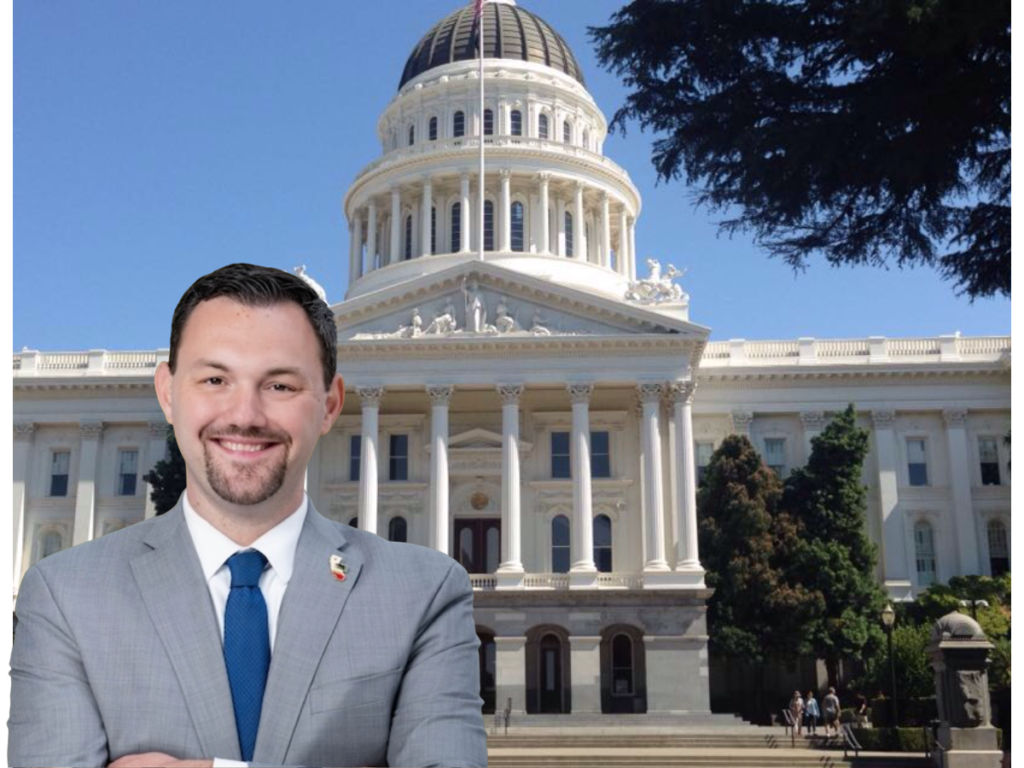By Assemblymember Nick Schultz

Over the next three weeks, the California State Legislature will consider nearly 850 pieces of legislation (referred to as bills) currently pending in both the State Assembly and the State Senate. It’s all part of our legislative process governed by rules and deadlines that began in January and will conclude on September 12.
The Life Cycle of a Bill
Every year when the Legislature convenes, legislators are allowed to introduce bills. Those bills are developed from various sources; they can be based on policy recommendations from scholars, experts, and advocacy organizations, they may be responding to changes at the federal level or emerging technology, and many times from constituents noting problems in their own communities.
Those bills go through policy committees that examine and debate the impact of the proposed law, as well as a fiscal committee that reviews the bill’s potential financial impact. As you might expect, this process whittles down the number of bills, especially as the Appropriations Committee weighs the cost of a bill and the state’s budget resources. When both the Assembly Appropriations Committee and the Senate Appropriations Committee meet on August 29th, we’ll see the number of bills reduced considerably.
If a bill passes through the committee process, it moves to the Floor for consideration by the entire Assembly or Senate. Importantly, bills that impose a tax increase or take effect immediately require a two-thirds vote—27 votes in the Senate and 54 votes in the Assembly. Most other bills require a simple majority—21 votes in the Senate and 41 votes in the Assembly.
After the House of Origin approves the bill, it proceeds to the other house for a similar process. If a bill is amended in the second house, it must go back to the House of Origin for concurrence, which is a separate vote by the House of Origin on agreement to the amendments.
Once the Assembly and the Senate have approved a bill, it goes to the Governor.
The Governor has three choices. He or she can sign the bill into law, allow it to become law without his or her signature, or veto it. Normally, the Governor has 12 days after receiving a bill to decide to sign or veto it, or a bill will become law automatically without his or her signature. However, the Governor has 30 days to decide on bills submitted to him or her at the end of the Session when the annual interim recess is near at hand.
If the Governor vetoes a bill, it’s not necessarily the end of the road. A two-thirds vote in both houses can override a Governor’s veto. This is a rarely used option. In fact, it’s been decades since the last veto override.
If a bill presented to the Governor contains one or several items of appropriation, the primary example is the annual budget bill, he or she may eliminate or reduce any or all of them while approving the other portions of the bill (known as the line-item veto).
The items then may be separately reconsidered and the vetoes sustained or overridden in the same manner as bills that have been vetoed by the Governor. The Legislature has 60 calendar days to act upon the veto.
Most bills signed by the Governor go into effect on January 1st of the next year; however, some bills will have specific effective dates further into the future to give entities covered by the bill more time to comply. Urgency measures take effect immediately upon being signed by the Governor and chaptered by the Secretary of State.
Opportunities for Input
Throughout the life cycle of a bill, the public has opportunities to weigh in by submitting written comments, testifying in person during committee hearings, or making simple phone calls or e-mails to their representative. Our office will continue tracking the hundreds of bills scheduled for a vote in the coming weeks. We welcome your input! Your comments help guide my decisions on bills throughout the year. You can use our website (https://a44.asmdc.org/contact) to send me a direct message including your comments on an existing/current bill.
As always, please do not hesitate to contact our district office if you have questions or if we can be of assistance. Our phone number is (818) 558-3043, and email address is Assemblymember.Schultz@Assembly.ca.gov.
Assemblymember Nick Schultz represents the 44th District in the California State Assembly. California’s 44th Assembly District includes the cities of Burbank, Glendale, La Crescenta, Montrose, and Los Angeles communities of Lake View Terrace, North Hollywood, Shadow Hills, Sherman Oaks, Studio City, Sunland-Tujunga, Toluca Lake, and Valley Village.












